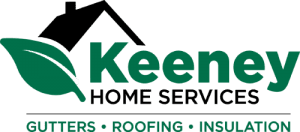Complete Roofing Guide: Everything Wisconsin Homeowners Need to Know
Why Your Roof Matters
Your roof does more than keep the rain out. It plays a critical role in your home’s structural integrity, energy efficiency, and overall value. Whether you’re dealing with heavy snowfall, freeze-thaw cycles, or summer storms, your roof must stand up to Wisconsin’s demanding climate.
This comprehensive roofing guide will help you understand everything you need to know as a Wisconsin homeowner. We’ll cover everything from choosing materials and navigating installation to roof maintenance, repairs, and working with the right contractor.
If you’re replacing an aging roof or building a new one, Keeney Home Services’ guide equips you to make confident, informed decisions.
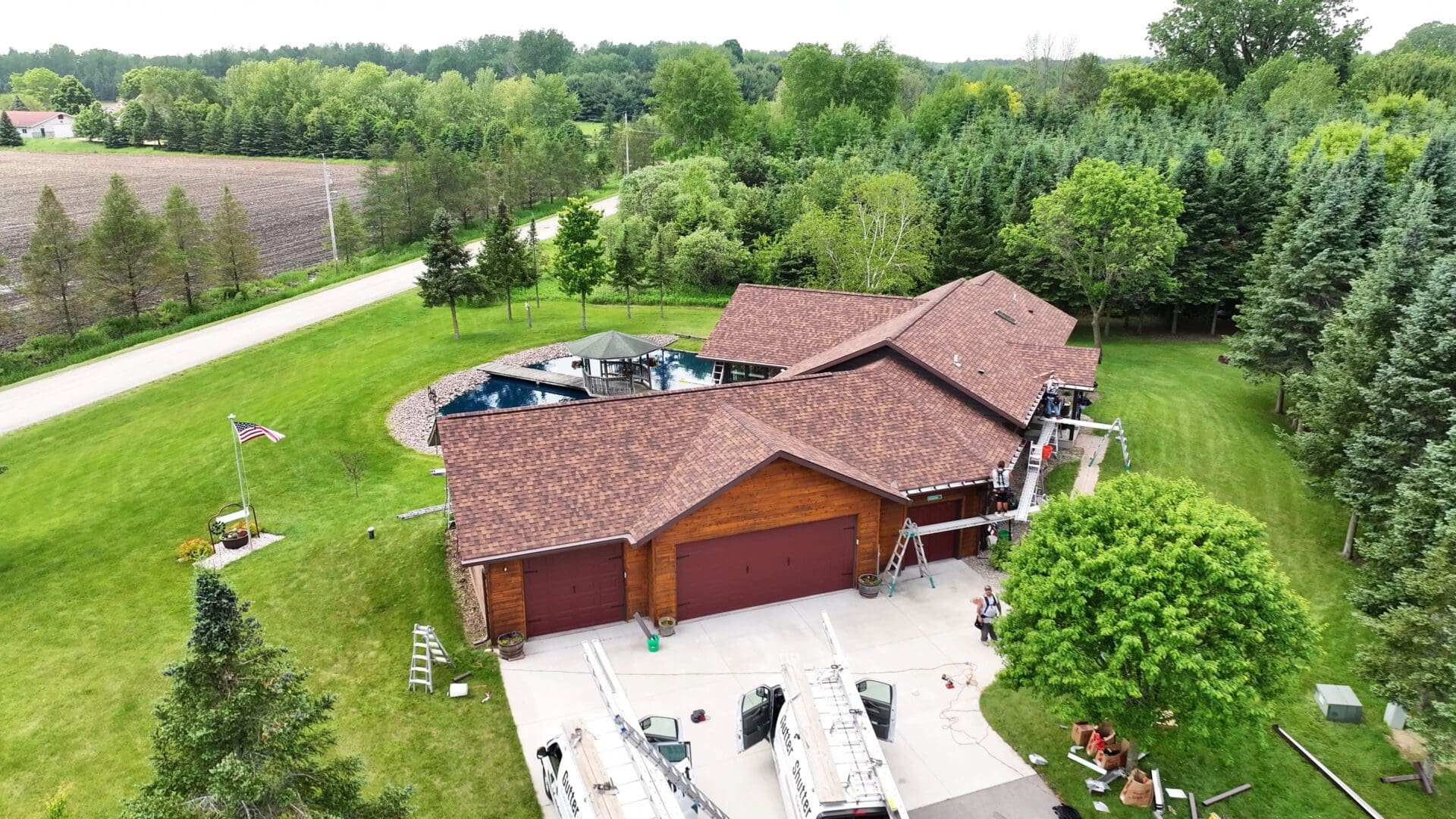
Understanding Roof Anatomy
To make smart roofing decisions, it helps to understand the parts that make up your roof system. Each component works together to protect your home from the elements and maintain indoor comfort.
Key Structural Components
Decking
The flat wooden surface that supports all roofing materials. Usually made of plywood or OSB.
Underlayment
A waterproof barrier installed over the decking to prevent moisture penetration.
Shingles or Metal Panels
The outermost, visible layer of your roof. These materials shed water and provide style and durability.
Flashing
Thin metal pieces installed around chimneys, valleys, and joints to prevent water leaks at weak points.
Drip Edge
Metal strips installed at roof edges to direct water into gutters and away from fascia boards.
Ridge Vents & Soffit Vents
These maintain proper airflow through your attic, reducing moisture buildup and improving energy efficiency.
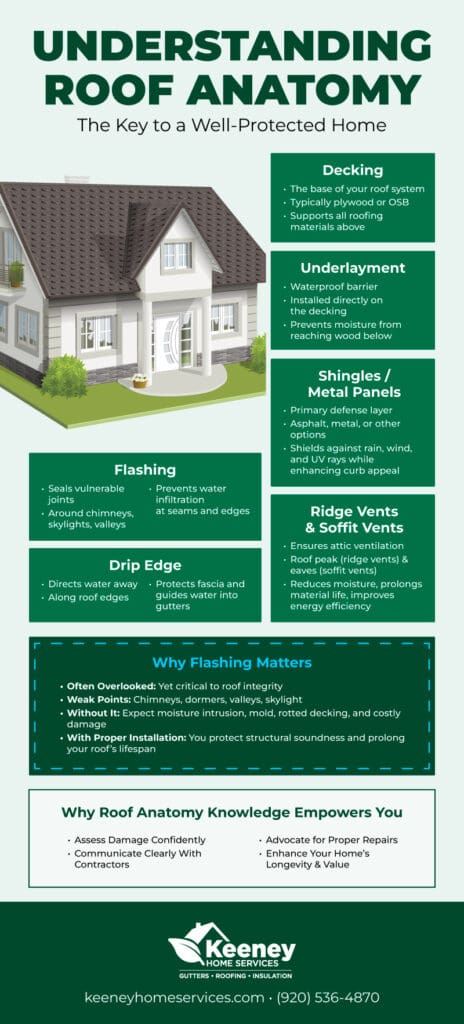
Importance of Flashing
Flashing is often overlooked but essential. Without proper flashing, water can seep through the joints where two surfaces meet, such as chimneys, dormers, or valleys. Over time, this can lead to rotted decking, mold growth, and even interior water damage.
Understanding the anatomy of your roof makes it easier to assess damage, discuss repairs with a contractor, and ensure all layers of protection are correctly installed. It also makes you a better advocate for your home’s longevity and resale value.
Common Roofing Materials Explained
Choosing the right roofing material impacts everything from curb appeal to durability and energy efficiency. Here’s a breakdown of the most common options used in Wisconsin and how they compare:
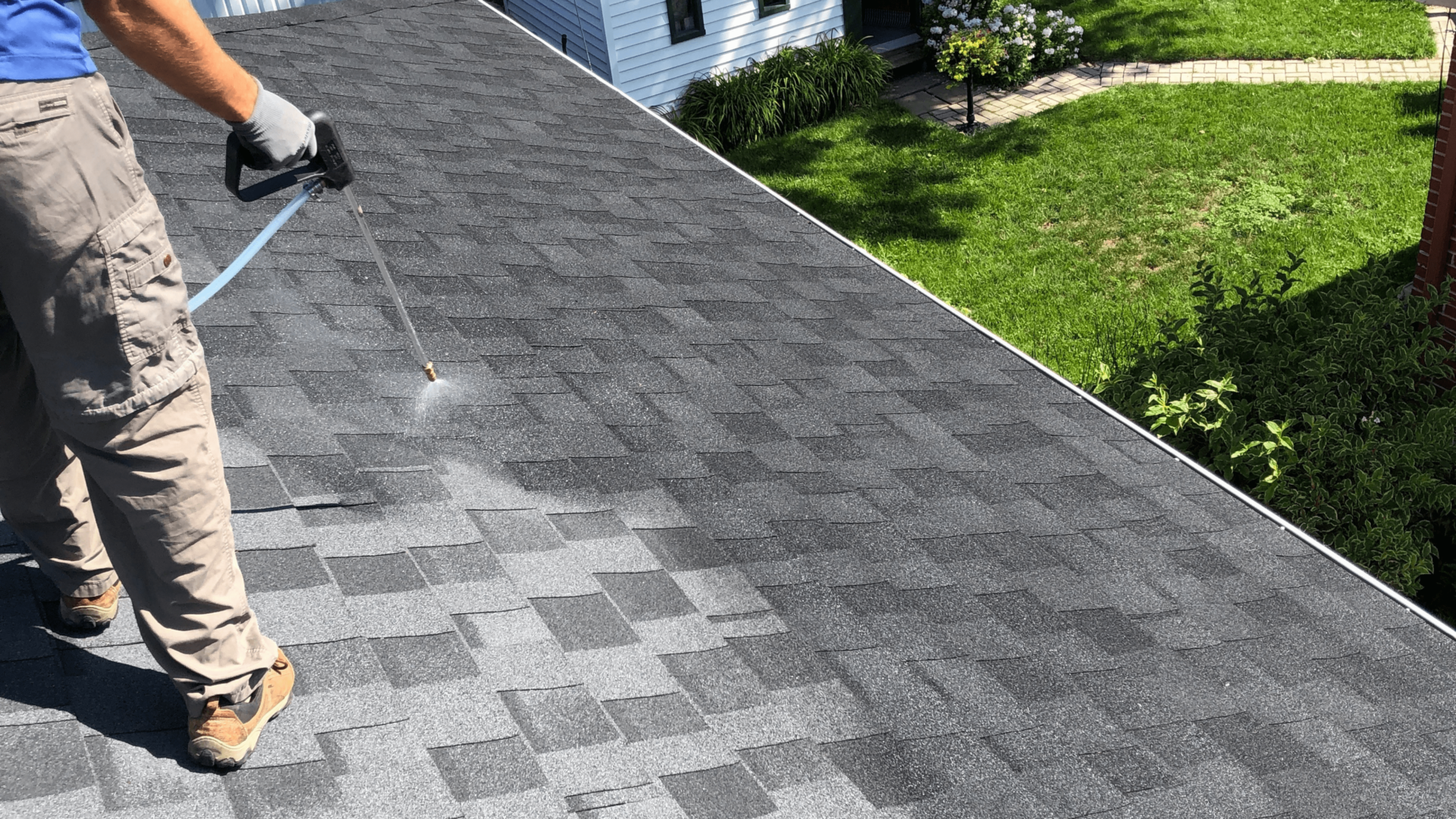
Asphalt Shingles
Asphalt shingles are the most common roofing material in the U.S., and for good reason. They’re affordable, durable, and come in a variety of styles and colors.
- Standard 3-tab shingles: Lower cost, ~15–20 year lifespan
- Architectural shingles: Thicker, dimensional, ~25–30 year lifespan
- Best for: Most Wisconsin homes due to affordability and cold-weather tolerance
Explore shingle roofing styles, including architectural shingles and designer shingles.
Metal Roofing
Metal roofs are increasingly popular in Wisconsin due to their ability to shed snow and resist the formation of ice dams.
- Lifespan: 40–70 years
- Benefits: Energy efficiency, snow shedding, fire resistance
- Drawback: Higher initial cost
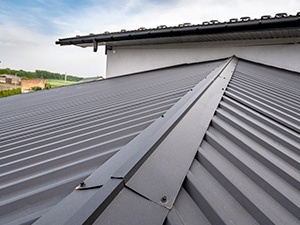
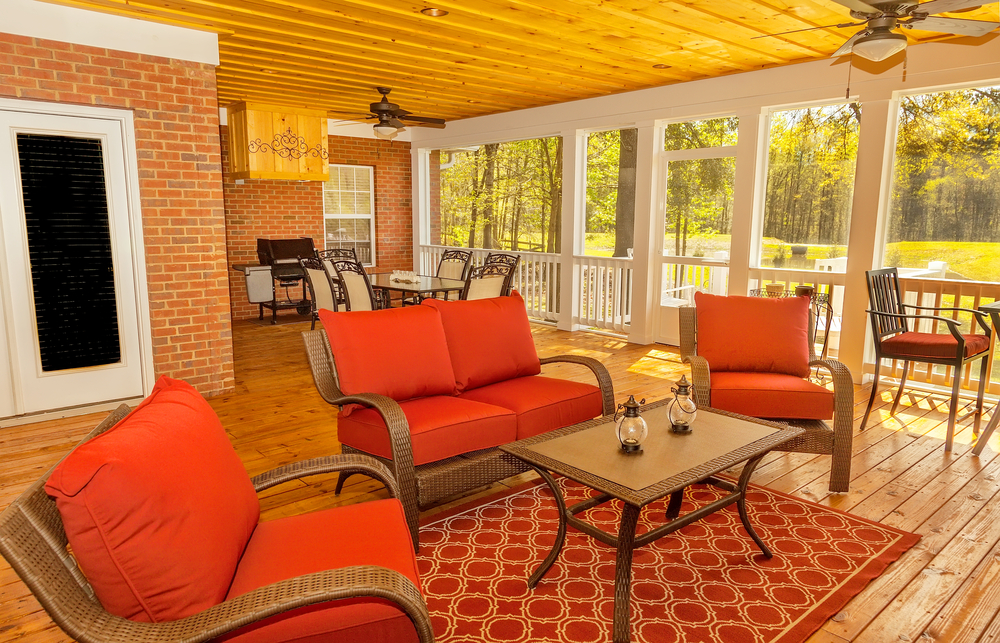
Wood Shingles & Shakes
Wood offers a rustic, natural appearance but requires regular upkeep in humid or snowy climates.
- Lifespan: 20–30 years with proper care
- Challenges: Susceptible to rot, insects, and fire unless treated
Reflective or Energy-Efficient Shingles
Reflective or energy-efficient shingles are designed to reflect UV rays, helping keep your attic cooler in summer.
- Best for: Homeowners seeking energy savings and longer shingle life.
- Learn more about energy-efficient shingles.
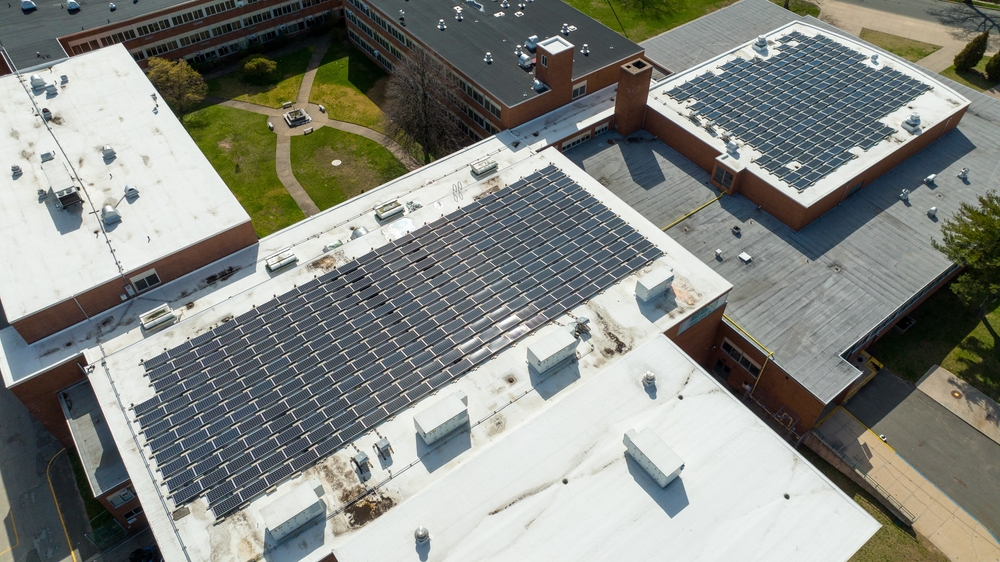
Roofing Material Comparison Table
| Material | Lifespan | Cost | Energy Efficiency | Maintenance |
|---|---|---|---|---|
| Asphalt (3-tab) | 15–20 years | Low | Moderate | Low |
| Asphalt (Architectural) | 25–30 years | Moderate | Moderate | Low |
| Metal | 40–70 years | High | High | Low |
| Wood Shingles/Shakes | 20–30 years | High | Moderate | High |
| Reflective Shingles | 20–30 years | Moderate | High | Low |
Roof Installation: What Homeowners Should Know
Roof installation isn’t just about laying shingles—it’s a multi-step process that requires precision, expertise, and the right materials.
Reflective or Energy-Efficient Shingles
DIY roof projects may seem tempting, but mistakes can void warranties, lead to structural damage, or create insurance issues. If your roof is steep, large, or layered, hire a pro. Roof installation is best handled by certified contractors.
Step-by-Step Roof Installation Process
- Inspection & Estimate – A contractor assesses your existing roof and recommends solutions.
- Permitting – Required for most full replacements.
- Tear-Off – Old materials are removed to expose the decking.
- Underlayment & Flashing – Moisture barriers and metal flashing are installed.
- Shingle or Panel Installation – New roofing material is precisely laid out.
- Ventilation & Ridge Caps – Ensure airflow and water resistance.
- Cleanup & Final Walkthrough – Debris is removed, and your yard is restored.
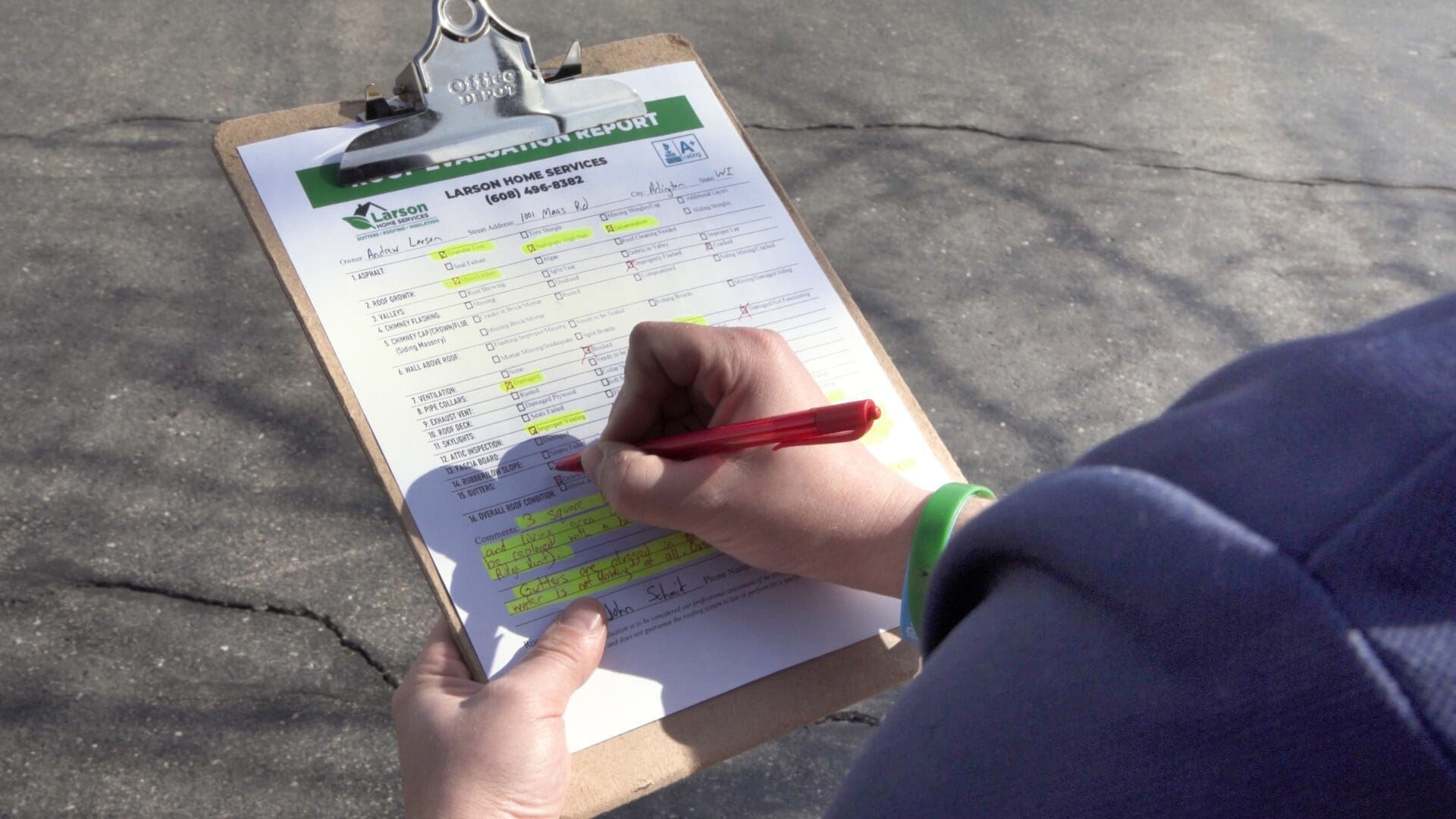
Selecting the Right Materials
Consider the balance between aesthetics, performance, and longevity. Think about:
- Local climate (e.g., snow load and freeze-thaw cycles)
- Desired warranty coverage
- Architectural style
Preparing for the Work
Roof replacements can be noisy and disruptive. Prepare by:
- Clearing the driveway
- Protecting attic contents from dust
- Alerting neighbors
- Understanding your project’s timeline
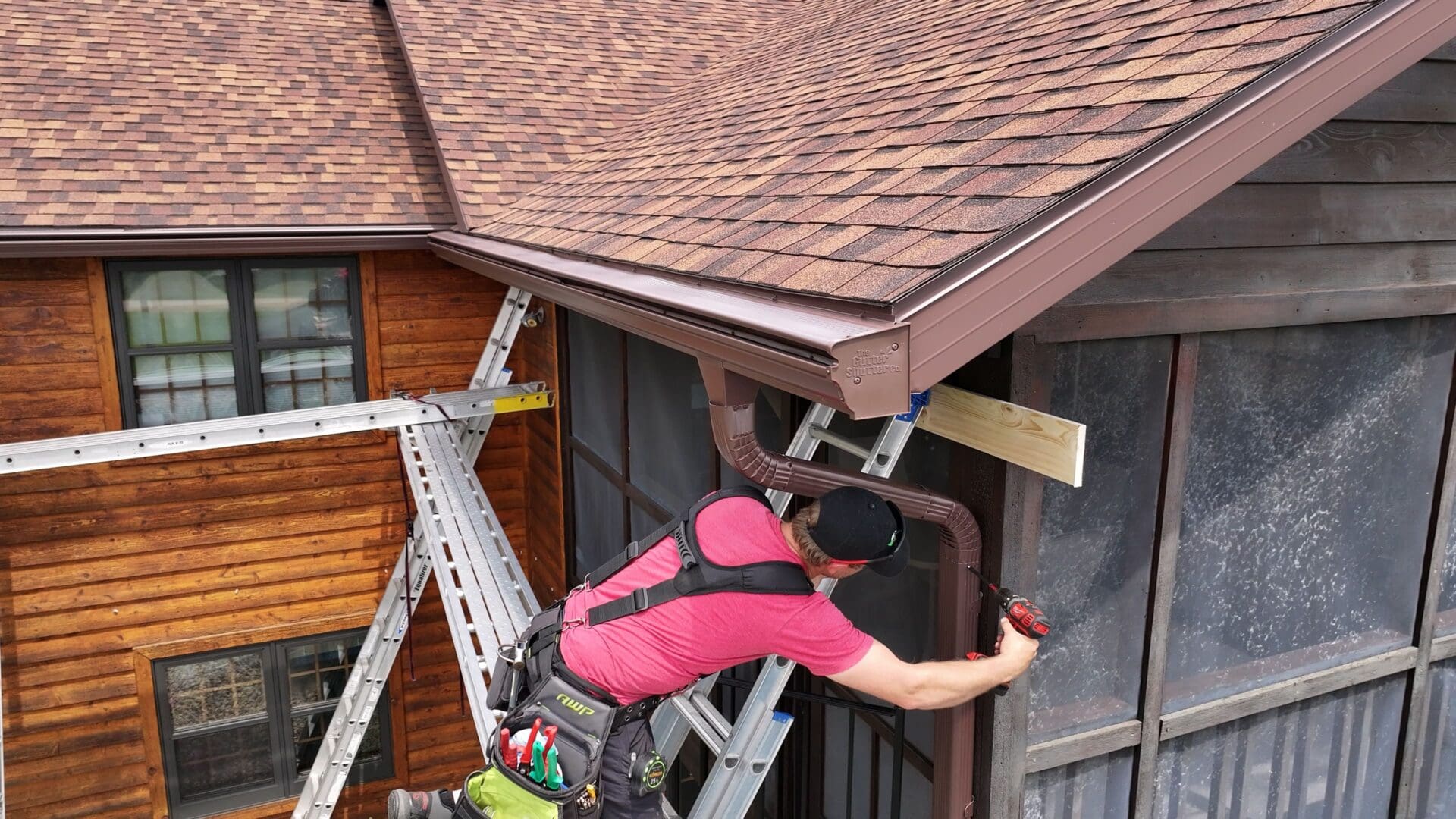
Roof Repairs and Maintenance
Proactive roof maintenance can add years to your roof’s life and help you avoid costly damage. Here’s how to protect your investment:
When to Repair vs. Replace
- Repair if damage is isolated (e.g., a few missing shingles, minor leaks)
- Replace if the roof is nearing the end of its lifespan, has widespread damage, or has underlying structural issues
Need help deciding? Our roof repair and roof replacement services cover all options.
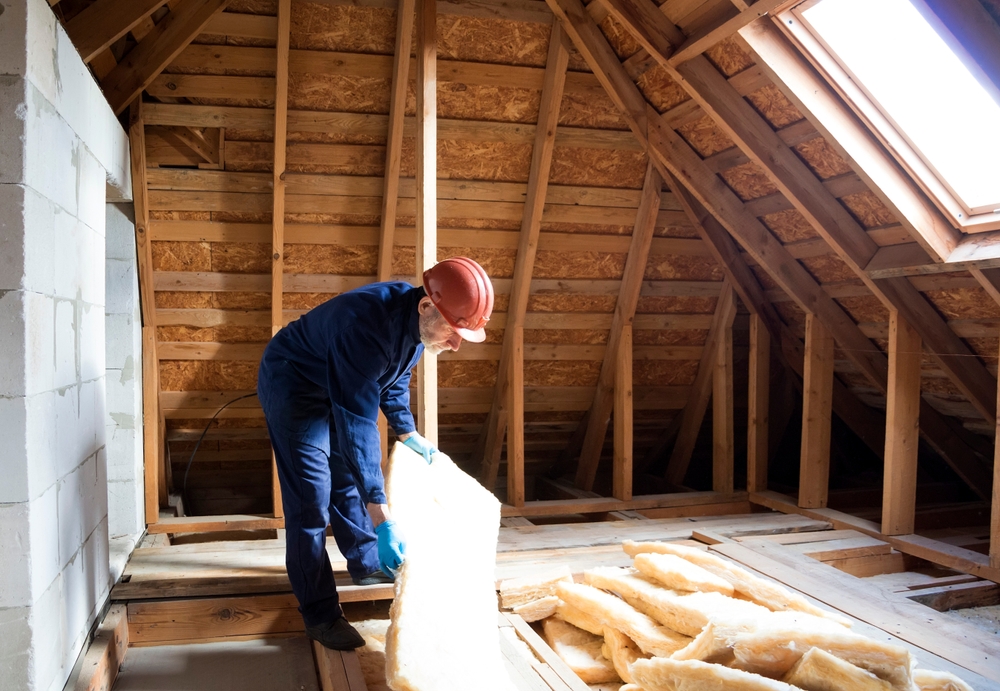
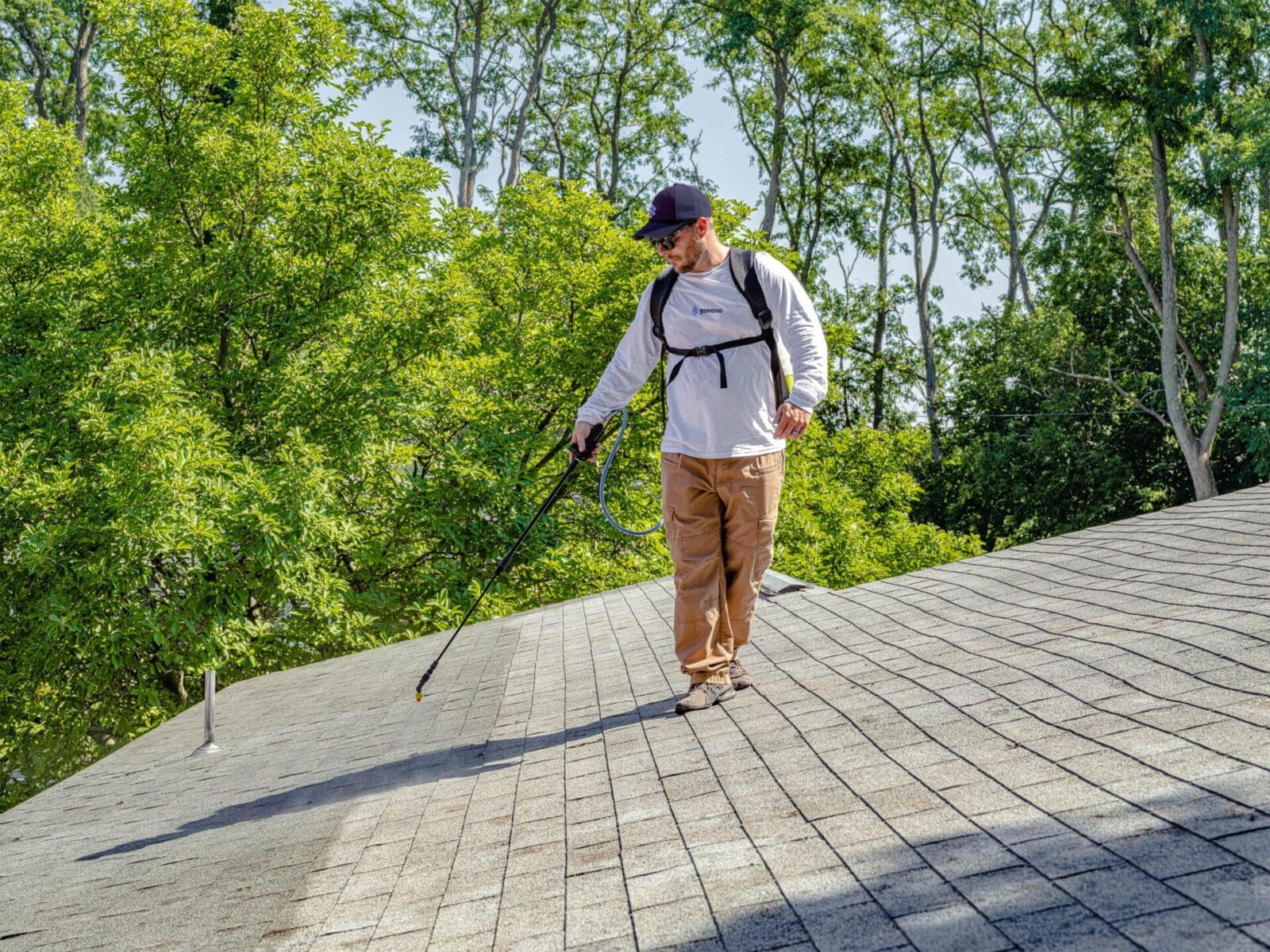
Seasonal Inspection & Cleaning Checklist
- Spring: Check for winter damage, clear debris from valleys and gutters
- Fall: Look for worn shingles, clean moss or algae, confirm flashing integrity
- Post-Storm: Inspect for lifted shingles, missing flashing, or water leaks
Schedule a roof inspection twice per year to catch issues early.
Addressing Leaks and Flashing Damage
- Leaks often stem from compromised flashing or cracked shingles
- Use roofing cement for minor patches, but major leaks require professional attention
For urgent issues, emergency roof repair is available.
Managing Moss and Algae
- Remove moss with a gentle brush and zinc or copper strips
- Keep trees trimmed to reduce shade and moisture buildup
Improving Energy Efficiency
- Proper attic insulation and roof ventilation reduce heating and cooling costs
- Consider reflective shingles or coatings to limit solar heat gain
Explore energy-enhancing roof coatings as part of your maintenance strategy.
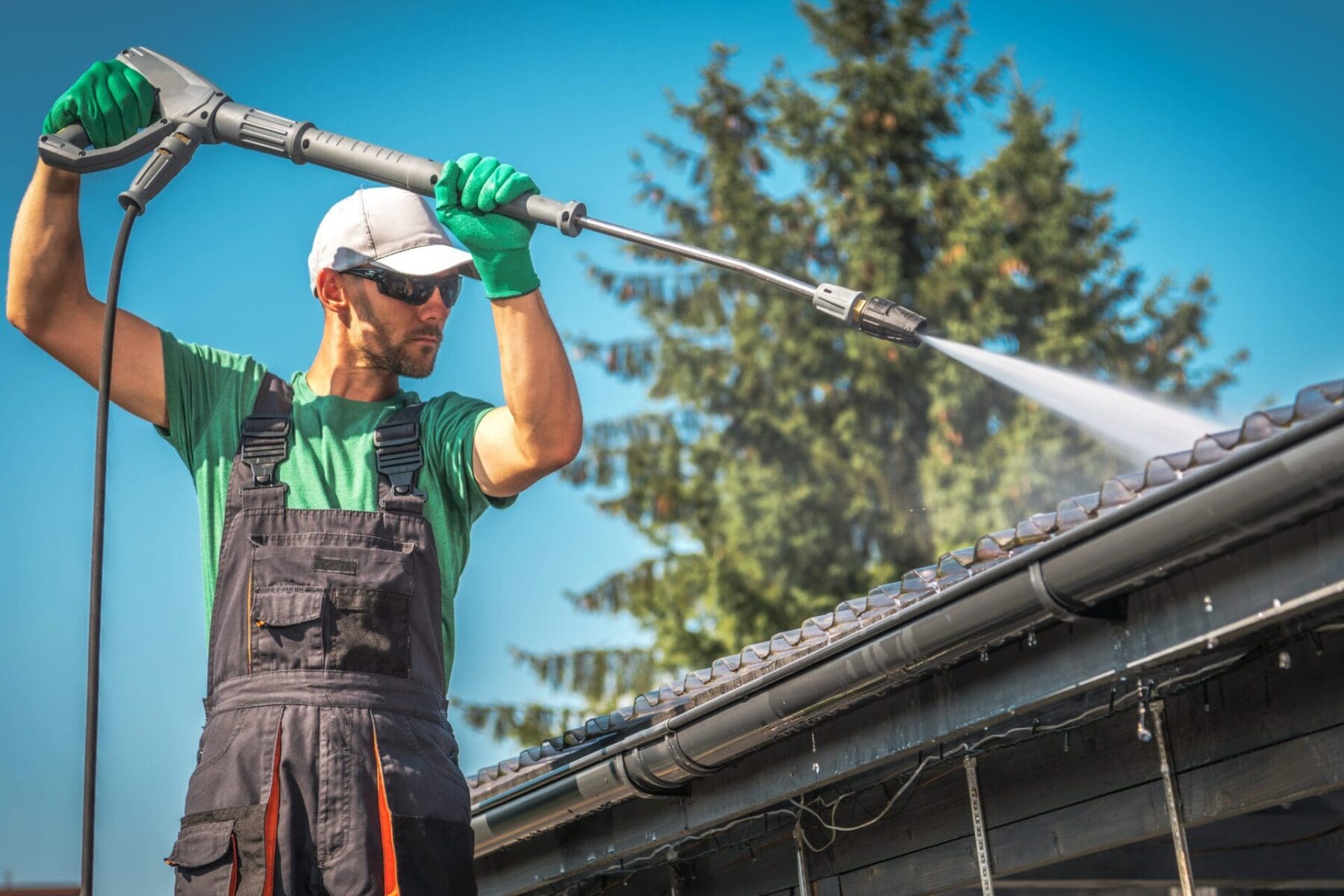
Safety Precautions for Roof Work
Roofing is one of the most dangerous home improvement tasks. Here’s why safety must come first:
Personal Protective Equipment (PPE)
- Rubber-soled shoes with traction
- Safety harness attached to a secure anchor
- Work gloves and protective eyewear
Ladder Safety Tips
- Place the ladder on stable ground
- Maintain a 4:1 angle ratio (1 foot out for every 4 feet up)
- Always secure the ladder before climbing
Why DIY Isn’t Worth the Risk
Falls from roofs are a leading cause of serious injury during home projects.
If you’re not trained or equipped, call a pro—especially for steep or complex roofs.
Weather and Roofing in Northeast Wisconsin
Our region’s harsh winters and summer storms take a toll on roofs. Here’s what you should know:
Key Weather Challenges
- Snow Load & Ice Dams: Heavy snow can stress rafters; ice dams can cause water intrusion
- Wind & Hail: Can lift shingles or dent metal panels
- Freeze-Thaw Cycles: Lead to cracking and premature aging
Storm Prep and Recovery
- Inspect flashing and shingles before winter
- After storms, check attics and ceilings for signs of leaks
- Document all storm damage for insurance claims
Our roofing services include storm damage assessments and support for filing claims.
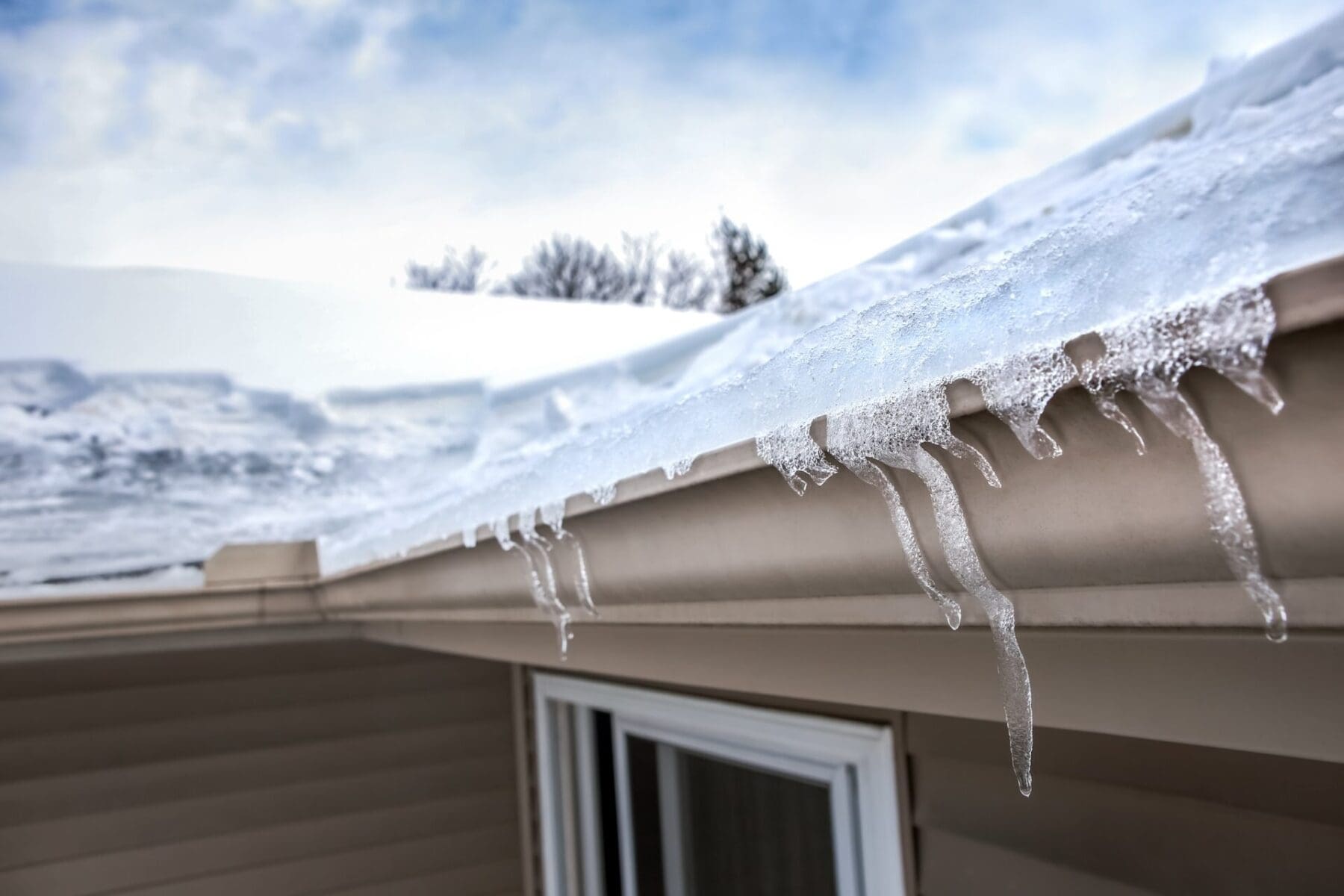
Roofing Costs, Warranties, and Financing
What Affects Roofing Costs
| Factor | Impact on Cost |
|---|---|
| Roof Size | Larger = more materials/time |
| Slope | Steeper roofs = more labor |
| Number of Layers | Tear-off adds cost |
| Material Type | Metal > Shingle in price |
| Complexity | More vents/angles = pricier |
Understanding Warranties
- Manufacturer Warranties (e.g., GAF): Cover defects in materials
- Workmanship Warranties: Cover errors in installation
- Transferability: Can add resale value if the warranty moves with the home
Financing Options
Keeney Home Services offers flexible financing and payment plans to fit your budget—ask about options during your free inspection.

Choosing the Right Roofing Contractor
Choosing the right roofing contractor ensures your investment is protected and your home is secure. Here’s how to evaluate your options:
When to Hire a Professional
- Full roof replacements
- Storm or weather-related damage
- Structural or flashing repairs
- Commercial roofing systems
What to Look for in a Roofer
- Licensing & Insurance: Ask for proof
- Certifications: Look for GAF Master Elite® or similar manufacturer endorsements
- Local References: Speak to recent clients in your area
- Written Estimate: Ensure details of materials, labor, and cleanup are outlined
Comparing Roofing Bids
Not all roofing estimates are equal. Make sure you review:
- Scope of work and materials
- Warranty inclusions
- Cleanup and disposal policies
- Insurance coverage and permitting
Watch for red flags like vague line items, lack of licensing, or pressure to commit immediately.
Why Choose Keeney Home Services
We are proud to be a GAF Master Elite® contractor, a status earned by only 2% of roofing companies in North America. Our team offers:
- Enhanced warranty coverage
- Expert craftsmanship
- Local experience in Wisconsin’s climate
- A reputation built on integrity and customer satisfaction
Frequently Asked Questions (FAQ)
Asphalt shingles typically last 20–30 years, while metal roofs can exceed 50 years with proper maintenance.
Manufacturer warranties cover materials. Workmanship warranties protect against installation errors. Coverage terms vary.
Look for signs like missing shingles, sagging, leaks, or granule loss. An inspection can confirm your roof’s condition.
Choose a licensed, insured contractor with manufacturer certifications, clear bids, and local references.
Compare labor, materials, warranties, timelines, and cleanup plans. Avoid unusually low bids—they may cut corners.
Details about materials, labor, tear-off, cleanup, warranty coverage, and payment terms.
Most residential roofs include decking, underlayment, shingles or panels, flashing, and ventilation systems.
Check records from previous owners or contractors. A professional inspection can also estimate age based on wear.
In Wisconsin, asphalt shingles and metal roofing are the most common due to cost, durability, and snow resistance.
Contact Us to Get Started
- Certified roof installation and repair
- Weather-resistant material expertise
- Transparent, pressure-free service
- Flexible financing options for qualified buyers
